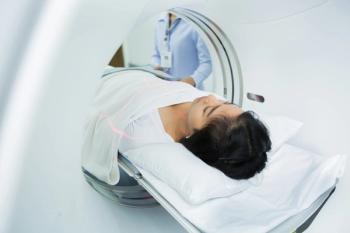
Accuracy, Classification in Cancer Staging Worry Radiologists
Most radiologists leave out TNM staging for head and neck cancer reports.
Only 25% of radiologists routinely incorporate primary tumor, nodes, metastasis (TNM) staging for head and neck cancer, although nearly half believe it is important to do so, according to a study published in the
Researchers from the University of Utah in Salt Lake City sought to determine whether radiologists were routinely using TNM staging in their radiology reports for patients diagnosed with head and neck cancer.
The researchers sent surveys to 782 members of the American Society of Head and Neck Radiology; 229 radiologists responded (29.3%). The survey asked:
• Did the radiologists assign TN staging in reports?
• If the radiologists do assign TN staging, why?
• If the radiologists do not assign TN staging, what were the barriers or reasons for not doing so?• What was the method for measuring size of primary tumor?[[{"type":"media","view_mode":"media_crop","fid":"47898","attributes":{"alt":"head imaging","class":"media-image media-image-right","id":"media_crop_9355750189139","media_crop_h":"0","media_crop_image_style":"-1","media_crop_instance":"5689","media_crop_rotate":"0","media_crop_scale_h":"0","media_crop_scale_w":"0","media_crop_w":"0","media_crop_x":"0","media_crop_y":"0","style":"height: 120px; width: 180px; border-width: 0px; border-style: solid; margin: 1px; float: right;","title":"©Andrey Burmakin/Shutterstock.com","typeof":"foaf:Image"}}]]
Approximately 49% of respondents reported that incorporating the staging was important, but only 24.5% did so on a routine basis. The reported barriers were:
• Fear of being inaccurate (59%)
• Being unable to remember staging classifications (58.2%)
Over three-quarters of the respondents (76.9%) indicated that they measure a primary tumor in 3D.
The researchers concluded that there are unique challenges in staging head and neck cancers.
Newsletter
Stay at the forefront of radiology with the Diagnostic Imaging newsletter, delivering the latest news, clinical insights, and imaging advancements for today’s radiologists.



























